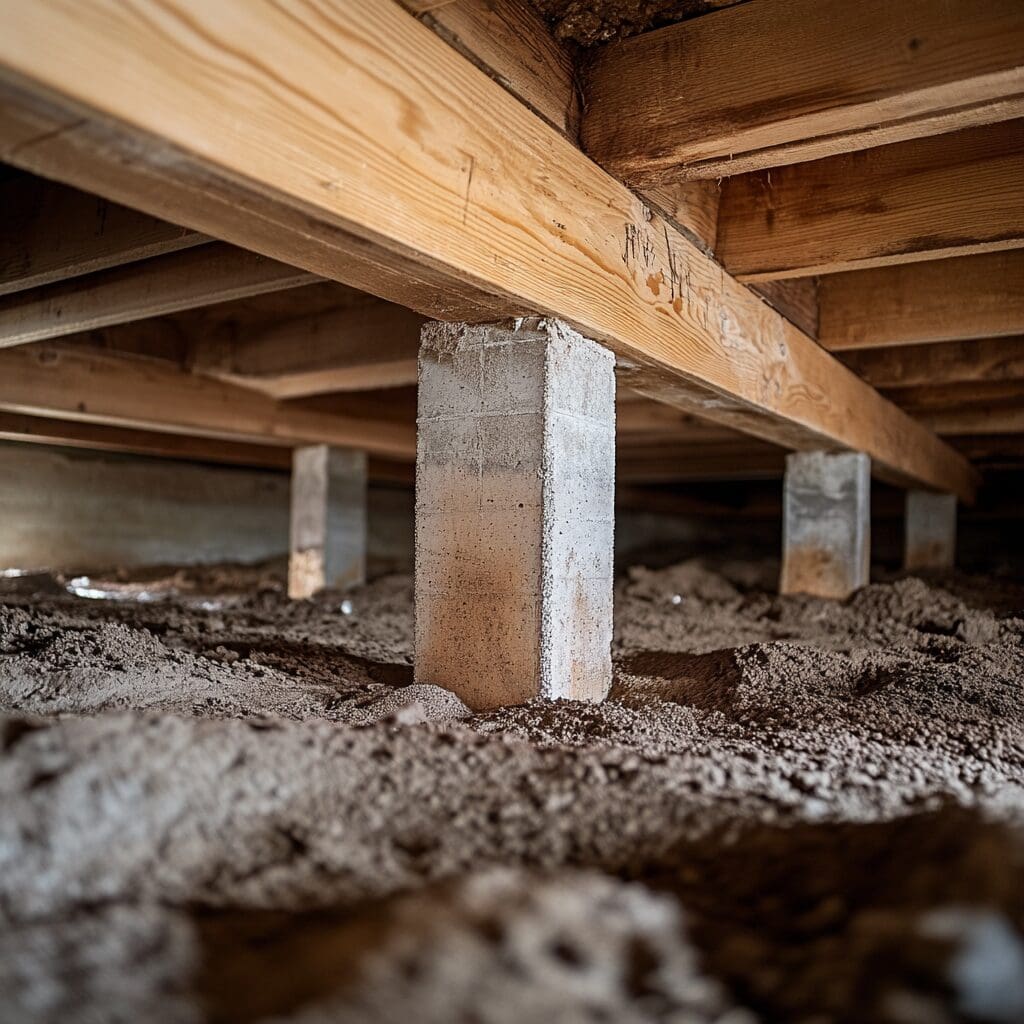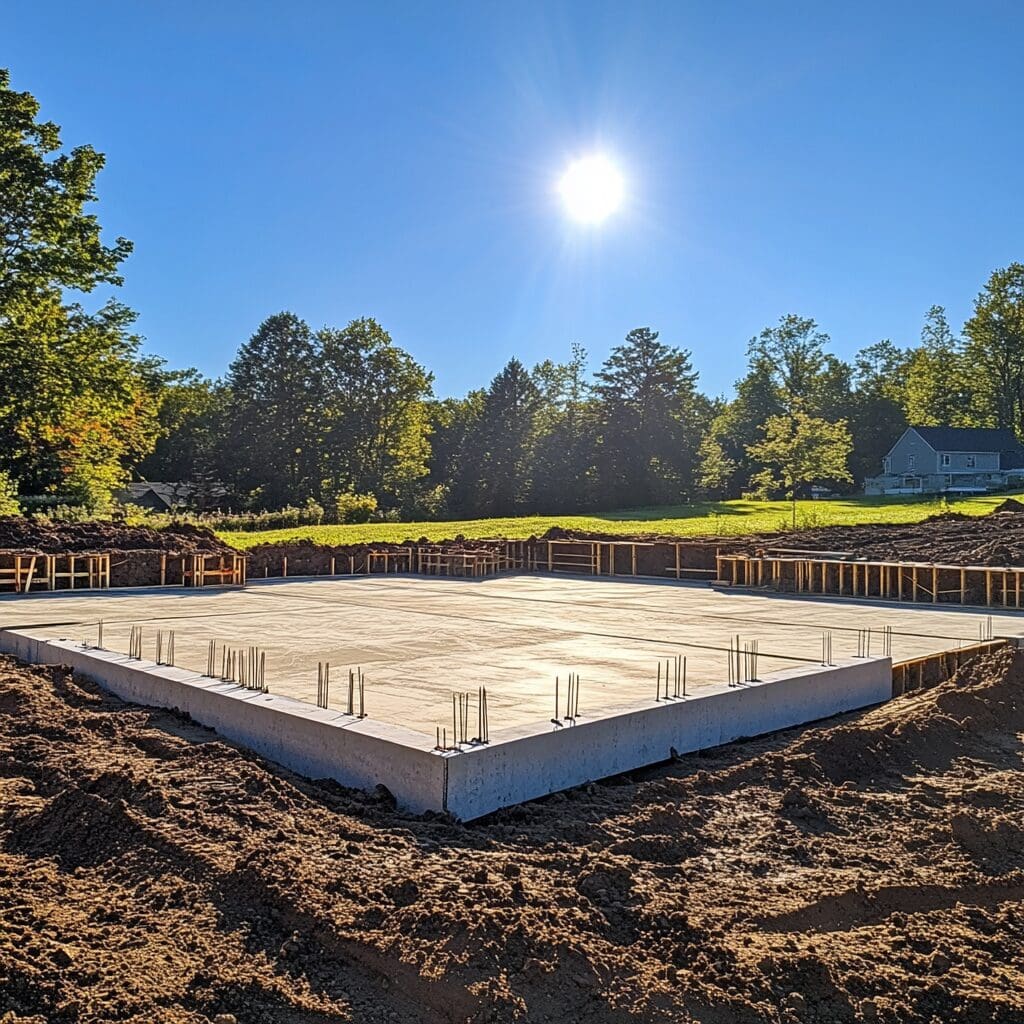Planning Your Build Configuration on Vancouver Island: Foundations, Radon, and Informed Choices
Foundation configuration plays a pivotal role in a home’s long-term performance, health, safety, and environmental compatibility.
Why Foundation Planning Matters on Vancouver Island
Vancouver Island’s unique geological conditions—including high water tables, variable soil types, and Radon gas presence—make foundation configuration more than a technical formality. It’s a foundational health and safety issue.
Depending on your lot’s characteristics—flatness, drainage patterns, and soil composition—your choice of foundation will impact air quality, usable space, energy performance, and maintenance requirements. Partnering with a builder who understands these island-specific conditions is key to getting it right the first time.
Understanding Radon: The Invisible Risk Beneath Your Home
One of the most important considerations in Vancouver Island homebuilding is Radon gas. This naturally occurring radioactive gas is found in soil and rock and can accumulate in homes, especially those built with traditional crawlspaces or basements.
British Columbia’s building codes require specific Radon soil gas provisions for homes constructed in Radon-prone areas, including Vancouver Island. If your custom home will include a crawl space or basement, you’ll need to plan for a Radon ventilation system.
This typically involves:
- Installing a sub-slab or under-membrane depressurization system, depending on the foundation type
- Running a vent pipe through the ground seal or slab, either:
- Stuck in a wall cavity for future extension to the roof
- Or actively vented through a fan at ground level
This system ensures Radon is safely expelled from beneath your home rather than entering your living environment. For families investing in a custom residence, this isn’t just a box to tick—it’s about long-term well-being and peace of mind.
Crawlspaces: Common, But Not Always Necessary

Crawlspaces are common in many homes on Vancouver Island, mainly because they accommodate sloped terrain and provide a buffer against moisture. However, in homes built on flat lots—especially those with crawl spaces that would go largely unused—this approach may introduce unnecessary costs and health concerns.
Since crawlspaces require excavation and sealing, they inherently involve more Radon risk mitigation. Even when fully ventilated, they may still represent “dead space”—an area not intended for use yet requiring maintenance and monitoring.
Alternative foundation systems offer a better fit in many custom builds, especially those prioritizing clean design and efficient land use.
Screw Piles and Piling Foundations: An Intelligent Alternative
For homes on flat terrain, screw pile or piling systems offer a practical and sustainable alternative to conventional foundations. Rather than excavating for a crawlspace or slab, screw piles are driven deep into the soil, creating a stable base above ground level. These systems have several advantages:
- Radon Gas Avoidance: Because there’s no enclosed substructure, there’s little to no concern about Radon accumulation.
- Reduced Site Disturbance: Minimal excavation means less disruption to the site and the surrounding natural environment.
- Time Efficiency: Screw piles can be installed quickly and precisely, reducing overall construction timelines.
- Environmental Benefits: Lower concrete use aligns with sustainability goals, which is something many custom home clients value.
This foundation approach is particularly attractive to homeowners seeking clean, modern design elements, as it offers architectural flexibility while supporting wellness and performance.
Choosing the Right Builder Makes the Difference

These decisions—Radon mitigation, crawlspace ventilation, screw pile suitability—aren’t just checklists in a codebook. They’re key structural, environmental, and health choices. That’s why working with a builder who deeply understands Vancouver Island’s unique conditions is so important.
Experienced custom builders who live and work locally understand how to align foundational choices with long-term quality, safety, and homeowner goals. Whether you’re building an estate home overlooking Maple Bay or a refined retreat near Lake Cowichan, starting with the right foundation isn’t just about building standards—it’s about building smart.
FAQs: Foundation Planning and Radon Safety on Vancouver Island
What is Radon, and why is it important when building a home?
Radon is a naturally occurring radioactive gas that can enter homes through the ground. Long-term exposure has been linked to health risks. On Vancouver Island, soil conditions often necessitate the inclusion of radon mitigation systems, particularly when using crawl spaces or basements.
Can Radon mitigation be added to an existing home later?
Yes, but it’s more cost-effective and efficient to include Radon systems during construction. Retrofitting is possible but may require breaking slabs or accessing crawl space areas.
What are screw pile foundations, and when are they used?
Screw piles are deep foundation supports drilled into the ground. They’re ideal for flat lots, especially where excavation is unnecessary or where soil conditions support this type of load-bearing system.
Are crawlspaces still a good option for custom homes?
Crawlspaces can be useful, particularly on sloped lots or where mechanical systems need underfloor access. However, flat lots may offer limited value and require more ventilation and Radon protection.
How do I determine which foundation type is best suited for my property?
Your builder should assess your lot’s characteristics—including slope, soil type, water table, and Radon risk. From there, they’ll recommend a foundation that aligns with your lifestyle needs, long-term goals, and the unique environment of your site.